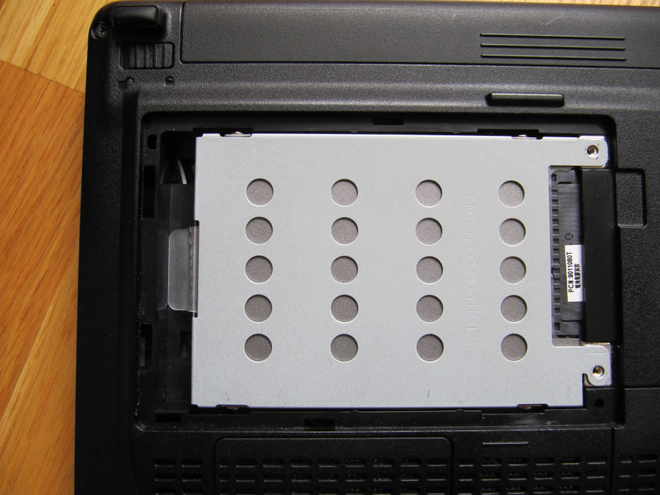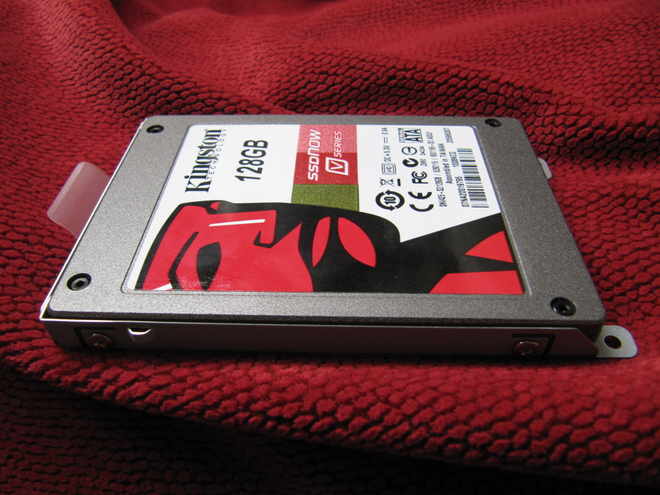There has been quite a campaign to encourage people to put Senator Stephen Conroy last on the Victorian Senate ballot paper, in light of his never-ending attempts to filter the internet in Australia.
I can sympathise – several years ago, I was advising people to put Senator Richard Alston last on the same ballot paper, for similar reasons, and did so myself. I was wrong to do this.
By putting Senator Conroy last, you are effectively saying that his policies are worse than everyone else on the ballot paper. I am utterly against the filter, but, that said, there are plenty of issues just as serious, and there are some absolute nutcases standing for election for Victoria’s senate seats. Let me provide a few examples:
Family First are a group of extreme religious social conservatives, and most of their members belong to strange pentecostal sects. They too want a mandatory filter, but beyond that, they want to ban internet pornography entirely (good luck with that), they’re firmly against abortion and euthanasia, and they believe that “Small Business (are) the True Heroes of the Economy”, whatever that means. Now, I’m not saying that Family First are a front for whack-job churches like Hillsong and the Assembly of God, but whenever Senator Steven Fielding opens his mouth, I’m pretty sure he’s speaking in tongues. Their Queensland lead Senate candidate has, err, issues, and in the last election, the party demonstrated their lack of judgement by endorsing Pastor Danny Nalliah of Victoria’s-bushfires-were-an-act-of-retribution-from-God fame. Stephen Conroy may be a devout Catholic, but he’s not beyond ignoring stupid church doctrine and taking advantage of the NSW surrogacy laws, something which his own state doesn’t allow. He’s far better than the Family First nutters and should be put higher on the ballot paper than them.
The Citizens Electoral Council are a pack of Larouchite loons who should be put absolutely last on any sane human being’s ballot paper. Conroy is far preferable to them.
We all know who One Nation are, and what they stand for. The only reason I put them above the Citizens Electoral Council is that One Nation couldn’t organise a dinner in a room full of fish-and-chip shop owners. They’ve proved that they’re too incompetent to be dangerous. Nevertheless, they’re racist and extreme-right. Conroy is easily better than them.
The Liberal Party of Australia is a socially conservative party with an almost-dead small-l liberal faction. It is led by a man who, when health minister, pulled out all stops to keep RU486 banned in Australia. He believes that “climate change is crap” and is so creepy that he talks to the media about his daughters’ virginity. One of the Liberal Party’s Victorian candidates that is running for re-election is a former National Party member named Julian McGauran. The Age has an interesting article that refers to him. Definitely going below Conroy.
Obviously, there are plenty of good parties to put above Labor: the Greens, The Australian Sex Party and The Australian Democrats are all socially liberal parties. Stephen Mayne (of Crikey fame) is also running for the Senate, and while I disagree with a few things he’s said in the past, he’s shown himself to be honest and generally progressive.
But to put Senator Conroy last on your ballot paper is to say that he’s worse than a herd of far-right, bigoted religious fundamentalists, who want to interfere with your life. Despite his ridiculous stance on the filter, I don’t believe that he is as bad as them.



